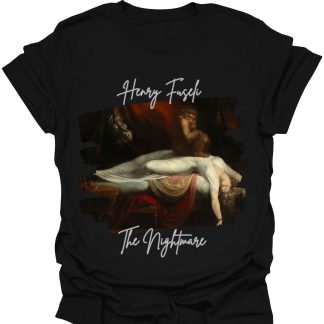
Albrecht Dürer, born on May 21, 1471, in Nuremberg, Germany, stands as one of the most influential artists of the Northern Renaissance. Known for his masterful printmaking, detailed woodcuts, and vivid paintings, Dürer revolutionized the art world with his innovative techniques and profound artistic vision.
Early Life and Education
Dürer’s father, a successful goldsmith, recognized his son’s talent early on and apprenticed him to Michael Wolgemut, a leading Nuremberg artist, at the age of 15. Wolgemut’s workshop exposed Dürer to the latest artistic trends and the intricate craft of woodcut illustrations, which would later become a significant aspect of his oeuvre.
Italian Influence and the Renaissance Man
In 1494, Dürer traveled to Italy, where he was profoundly influenced by the burgeoning Italian Renaissance. His encounters with artists such as Andrea Mantegna and Giovanni Bellini introduced him to classical antiquity, perspective, and proportion. These influences permeated his work, blending Northern Gothic traditions with Italian Renaissance ideals.
Dürer’s versatility and intellectual curiosity epitomized the Renaissance man. He was not only a painter and printmaker but also an accomplished mathematician and theorist. His writings on geometry, perspective, and human proportions, notably his treatise “Four Books on Measurement” (1525), reflect his scientific approach to art.
Mastery of Printmaking
Dürer is perhaps best known for his pioneering work in printmaking. His woodcuts and engravings elevated the medium to new heights, both artistically and technically. “The Apocalypse” series (1498), featuring dramatic scenes from the Book of Revelation, showcased his ability to convey intense emotion and intricate detail. The meticulous “Knight, Death, and the Devil” (1513) and the introspective “Melencolia I” (1514) are masterpieces that reveal his technical precision and philosophical depth.
His prints were widely distributed, making his work accessible to a broader audience and cementing his reputation across Europe. The reproducibility of prints allowed Dürer to reach a level of fame previously unattainable by an artist.
Painting and Portraiture
While Dürer’s prints brought him international acclaim, his paintings also demonstrate his exceptional skill. His self-portraits, such as the one from 1500, exhibit an unprecedented level of self-awareness and individuality. The “Adoration of the Magi” (1504) and the “Feast of the Rosary” (1506) exemplify his ability to combine intricate detail with vibrant color and dynamic composition.
Dürer’s portraits capture the essence of his subjects with striking realism and psychological depth. His portrait of his mother, “Barbara Dürer” (1490), and the enigmatic “Portrait of a Young Venetian Woman” (1505) reveal his keen observational skills and sensitivity to human emotion.
Legacy and Influence
Albrecht Dürer’s impact on the art world is immeasurable. His fusion of Northern European detail with Italian Renaissance principles paved the way for subsequent generations of artists. Dürer’s exploration of human anatomy, perspective, and naturalism influenced contemporaries and successors, including Hans Holbein the Younger, Lucas Cranach the Elder, and even later artists like Rembrandt and Rubens.
Dürer was also a prolific writer, documenting his artistic processes and theoretical insights. His treatises provided a foundation for academic study and artistic practice, contributing significantly to the intellectual landscape of the Renaissance.
Conclusion
Albrecht Dürer remains a towering figure in art history, celebrated for his technical prowess, innovative spirit, and intellectual rigor. His ability to transcend the boundaries of media and geography established him as a quintessential Renaissance artist. Today, Dürer’s works continue to captivate audiences, offering a window into the profound artistic and cultural transformations of his time.







